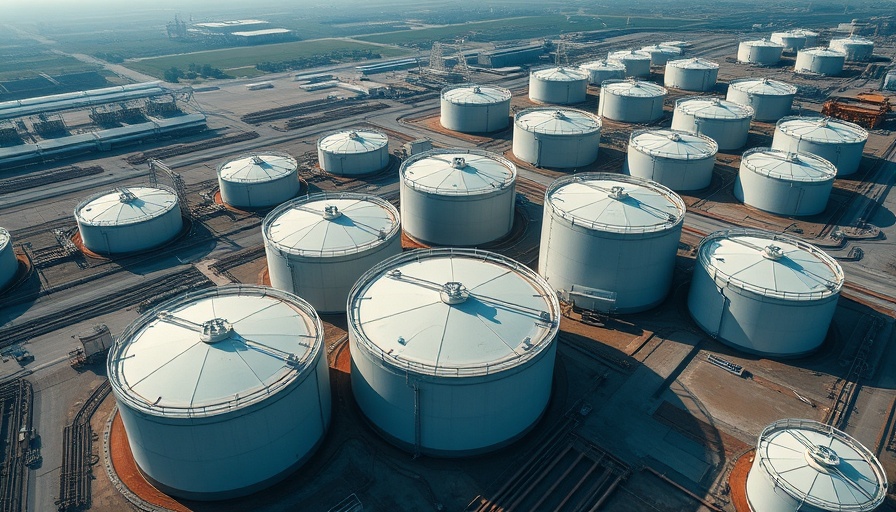
$20 Billion and Years: The Challenge of Refilling the US Oil Reserve
In a recent assessment, U.S. Energy Secretary Chris Wright announced that replenishing the Strategic Petroleum Reserve (SPR) to its maximum capacity will require an estimated $20 billion and take several years to complete. This potential challenge arises as the nation navigates the complex landscape of energy needs and geopolitical pressures.
The Strategic Petroleum Reserve: A Vital National Asset
Established in 1975 following the Arab oil embargo, the SPR remains the world’s largest supply of emergency crude oil. Currently, it holds approximately 395 million barrels, a significant reduction from its maximum capacity of 727 million barrels, reached in 2009. This drop is largely attributed to the Biden administration's decision to sell off nearly 300 million barrels to stabilize rising gasoline prices amid global instability, especially following Russia's invasion of Ukraine in early 2022.
The Financial Implications of Replenishing Oil Reserves
Wright noted that the $20 billion price tag would be solely sufficient to purchase about 301 million barrels of crude oil at present market rates, meaning the replenishing effort might not even restore the reserve to full capacity. It highlights the budgetary constraints faced by the Department of Energy, which is also tasked with managing the nation's nuclear arsenal. As Secretary Wright indicated, any budget requests to Congress for this purpose are complicated by other pressing departmental needs.
A Reflection of Current Oil Policies and Future Strategies
The current administration's strategy includes a combination of buying back previously sold oil, returning oil loaned to companies, and canceling mandated sales of reserve oil. Interestingly, Wright hinted at potentially canceling scheduled sales to minimize wear on the aging underground caverns where the reserves are stored, an insightful move to enhance the resiliency of this critical infrastructure.
Political Dimensions: The Legacy of Leadership Decisions
The SPR has long been a battleground for political debate, with former President Trump criticizing President Biden for depleting the reserve rather than focusing on strategic conservation. Trump's proposals to refill the reserve and maintain a robust national supply reflect a response to current vulnerabilities, positioning the SPR as a crucial component in the U.S. energy strategy moving forward.
Future Predictions: What Lies Ahead for U.S. Energy
Looking to the future, energy policy experts predict ongoing shifts in U.S. oil management strategies amidst fluctuating global oil prices and geopolitical tensions. As the U.S. continues to produce a record amount of oil, the necessity to replenish the SPR remains vital not only for domestic stability but also for maintaining leverage in international energy negotiations.
Final Thoughts on Managing National Resources Wisely
As discussions continue around the SPR and its future, it's essential for the public to engage with this topic. Cooperation between government institutions and lawmakers will be crucial in forming an effective strategy that adequately replenishes the SPR without compromising other national interests.
The efforts to refill the Strategic Petroleum Reserve illuminate broader themes around energy independence and economic stability in the U.S. It serves as a reminder of the balancing act between energy policy and political agendas in our dynamic global environment.
 Add Element
Add Element  Add Row
Add Row 



 Add Row
Add Row  Add
Add 


Write A Comment